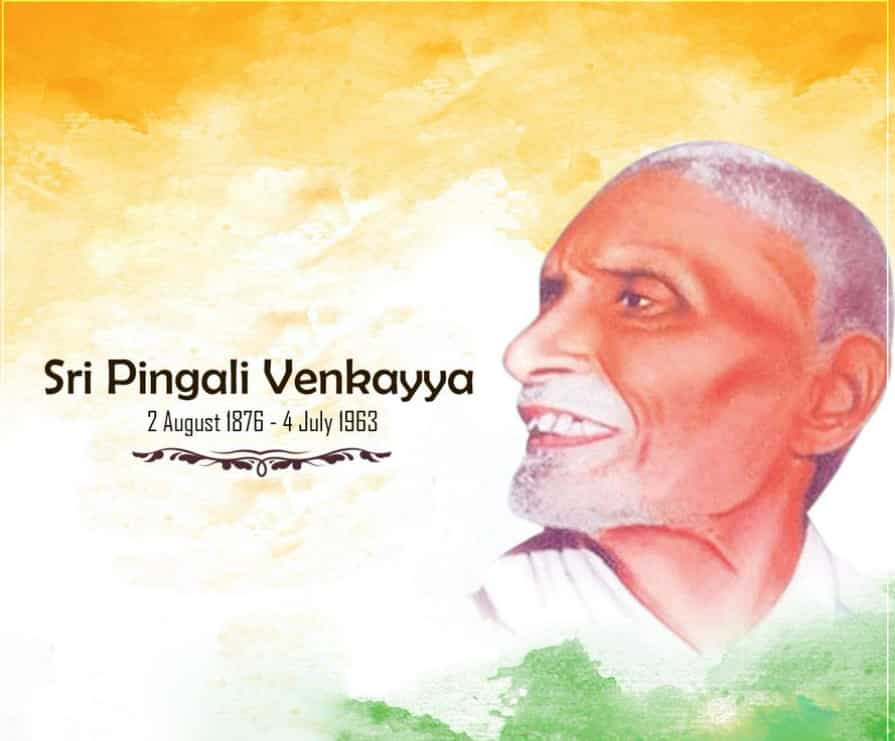A flag is a necessity for all nations. Millions have died for it. It is no doubt a kind of idolatry which would be a sin to destroy. For, a flag represents an Ideal."- Mahatma Gandhi
Indian National Flag
The National Flag of India was adopted in its present form during the meeting of Constituent Assembly held on the 22 July 1947, a few days before India's independence from the British on 15 August, 1947. It served as the national flag of the Dominion of India between 15 August 1947 and 26 January 1950 and that of the Republic of India thereafter. In India, the term "tricolour" refers to the Indian national flag.
Specifications
According to the Flag code of India, the Indian flag has a width: height aspect ratio of 3:2. All three horizontal bands of the flag (saffron, white and green) are equally sized. The Ashoka Chakra has twenty-four evenly-spaced spokes
Colours of the Flag
In the national flag of India the top band is of Saffron colour, indicating the strength and courage of the country. The white middle band indicates peace and truth with Dharma Chakra. The last band is Green in colour shows the fertility, growth and auspiciousness of the land.
The Chakra
This Dharma Chakra depicted the "wheel of the law" in the Sarnath Lion Capital made by the 3rd-century BC Mauryan Emperor Ashoka. The chakra intends to show that there is life in movement and death in stagnation.
History
The Indian National Flag was adopted in its present form on July 22, 1947, during the meeting of the Constituent Assembly. By then, the design and colors of the national flag were changed five times.
The first flag, whose design was based on western heraldic standards, was similar to the flags of other British colonies, including Canada and South Africa; its red field included the Union Jack in the upper-left quadrant and a Star of India capped by the royal crown in the middle of the right half
It is believed that the first Indian National Flag in India was hoisted on August 7, 1906, in the Parsee Bagan Square (Green Park) in Calcutta.
The second Indian flag was raised by Madame Bhikaji Cama in Paris in 1907.
In 1921, Bezwada session of the All India Congress Committee Pingali Venkayya designed a flag made up of two colors, red and green signifying the two main communities -Hindus and Muslims. Gandhi recommended the addition of a white stripe to symbolize the remaining communities of India and the spinning wheel to signify the development of the Country.
In 1931 a resolution was approved accepting a tricolor flag as our National Flag. This flag had three stripes- saffron, white and green with spinning wheel of Mahatma Gandhi in the middle.
On July 22, 1947, the Constituent Assembly embraced the Indian flag with three trips and Asoka chakra in the middle. Consequently, the tricolor flag of the Congress Party ultimately became the tricolor flag of Independent India.







No comments:
Post a Comment
Thank you!
Your comment will be published after admin approval.